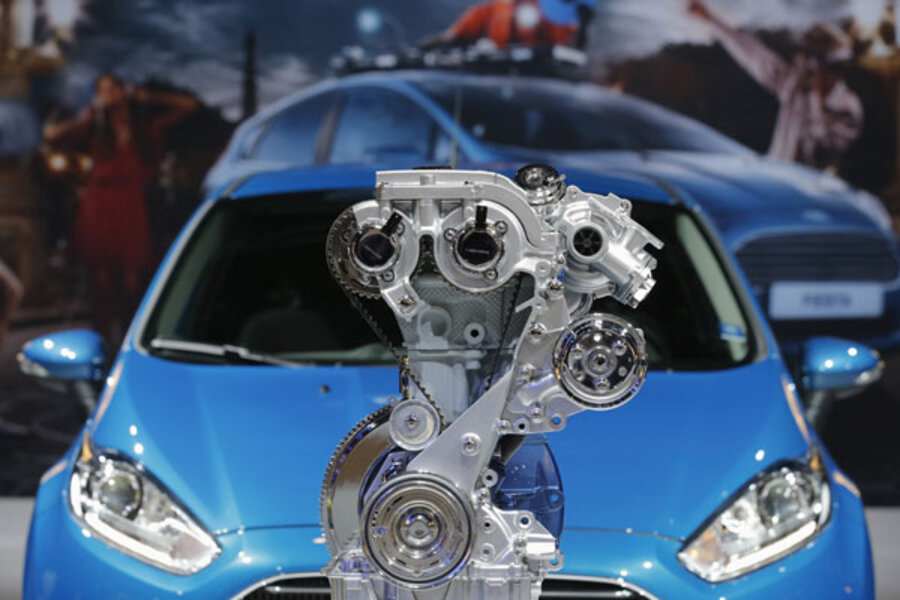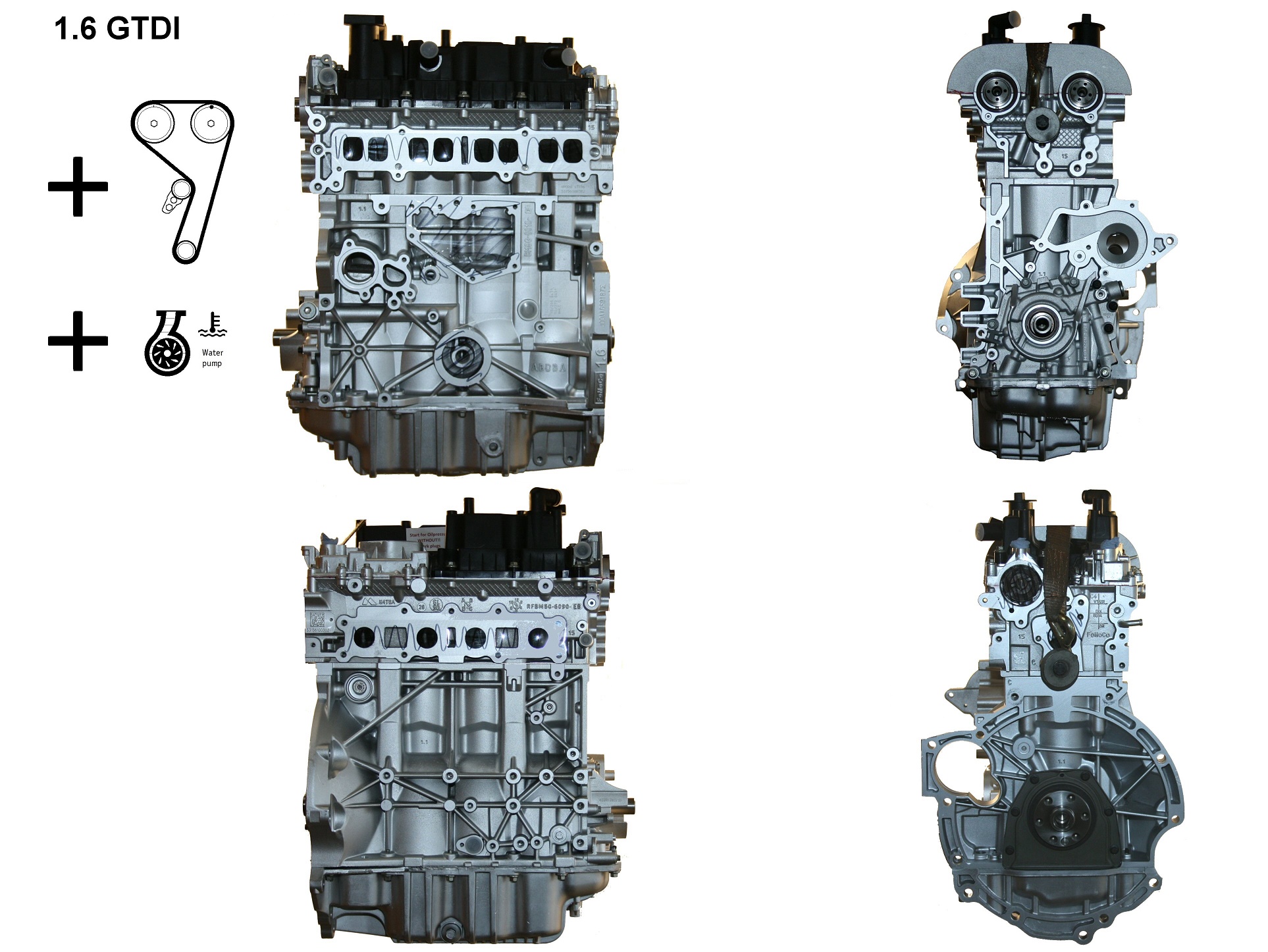Enhance Your Driving Experience with a Reliable Ford Fiesta Engine
Enhance Your Driving Experience with a Reliable Ford Fiesta Engine
Blog Article
Checking Out the Development of Engines: From Timeless Designs to Modern Marvels
From the first heavy steam engines that powered the Industrial Transformation to the emergence of interior combustion engines that changed mobility, each stage has actually added to greater performance and capacity. As we examine these milestones, one have to consider just how the future of engine layout might unravel, testing our assumptions of power and performance.
The Birth of Engine Technology
The advent of engine technology marked an essential minute in human advancement, changing energy conversion and transportation. The earliest engines arised from the requirement to harness mechanical power for practical usage, leading to the growth of devices that transformed various energy forms right into activity (ford fiesta engine).
The development of the interior combustion engine and the innovation of the steam engine militarized a profound change in industrial capabilities. These engines not only enhanced efficiency but also expanded the extent of human flexibility, making it possible for unprecedented transport possibilities. The very early prototypes laid the groundwork for the mechanized globe, facilitating the increase of sectors and improving social structures.
As engine designs progressed, they incorporated innovative materials and progressed engineering principles, leading the way for contemporary developments - ford fiesta engine. The birth of engine innovation sparked an unrelenting quest of performance and power, setting the phase for the vibrant evolution of transport and industrial equipment that would comply with
Vapor Engines and Their Effect

The vapor engine's impact was specifically obvious in the transportation market (ford fiesta engine). Steam-powered engines promoted the quick activity of products and individuals across substantial distances, properly diminishing the geographical barriers that had actually previously prevented profession and communication. Steamships reinvented marine traveling, permitting for quicker and more dependable crossings of seas and rivers.
In industry, vapor engines powered factories, making it possible for mass production and the surge of urban centers as hubs of economic task. Heavy steam modern technology promoted developments in engineering and production processes, laying the groundwork for future advancements in engine design.
The Increase of Internal Burning
Regularly eclipsing heavy steam power, the increase of interior burning engines noted a transformative change in transport and industry during the late 19th and early 20th centuries. The advancement of these engines, characterized by their capability to melt gas within the engine itself, allowed greater effectiveness and power compared to standard vapor engines. Pioneering developers such as Nikolaus Otto and Rudolf Diesel played vital functions in developing engine layouts, bring about widespread fostering in automobiles, boats, and commercial equipment.
The interior combustion engine's small dimension and relatively lightweight nature promoted the development of individual lorries, revolutionizing individual mobility and reshaping city landscapes. By allowing this link faster travel and the efficient transportation of products, these engines militarized financial development and fostered globalization. The versatility of gas options, including gasoline and diesel, additionally enhanced their allure, permitting varied applications across different industries.
Despite the ecological concerns that would later occur, the first appeal of internal burning technology lay in its transformative possibility. As culture embraced this development, the structure was laid for modern transportation systems, developing interior burning engines as a foundation of industrial advancement and daily life throughout the 20th century.
Improvements in Engine Performance
As inner combustion engines became essential to transportation and market, the emphasis shifted in the direction of boosting their performance to fulfill growing needs for efficiency and sustainability. Advancements in engine design, product science, and technology have significantly added to this development.
One major innovation is the advancement of turbocharging, which permits increased air consumption, Website resulting in even more total gas burning and improved power result without enlarging engine dimension. In addition, variable valve timing systems have been implemented to maximize engine efficiency throughout numerous RPM arrays, thereby improving fuel effectiveness.
The application of sophisticated fuel shot technologies, such as straight shot, has actually likewise played a vital function. This technique permits more accurate control over the fuel-air mixture, advertising much better combustion and reducing emissions. In addition, light-weight products, consisting of aluminum and composite components, have actually been taken on to decrease total engine weight, resulting in improved efficiency.
These developments show a broader pattern within the auto industry, where the synergy in between design innovation and environmental factors to consider drives the continuous mission for greater effectiveness in internal combustion engines. Consequently, modern engines are now a lot more effective, cleaner, and efficient than ever in the past, leading the way for an extra sustainable future in transport.
The Change to Electric Power
With growing worries over environmental effect and nonrenewable fuel source reliance, the automotive industry is experiencing a substantial shift towards electric power. This transition is driven by a combination of technical improvements, regulative pressures, and changing consumer choices. Electric lorries (EVs) offer a compelling option to standard internal combustion engines, boasting lowered greenhouse gas discharges and lower operating costs.
The rise of battery innovation has actually been a game changer, with lithium-ion batteries becoming a lot more efficient and cost-effective. Enhanced power density and faster charging abilities have made EVs much more sensible for daily usage. Additionally, federal governments worldwide are implementing rewards and setting enthusiastic targets for eliminating nonrenewable fuel source vehicles, thereby speeding up the adoption best site of electrical power.
As charging framework expands and battery modern technology proceeds to improve, the change to electric power is positioned to reshape the auto landscape, promoting sustainability and advancement in the years to come. The future of transportation is electric, and the energy is obvious.
Final Thought
The evolution of engine innovation represents a substantial trajectory of advancement that has actually exceptionally affected transport and industry. From the foundational vapor engines to the transformative internal combustion engines, each development has contributed to improved mobility and financial development.

Report this page